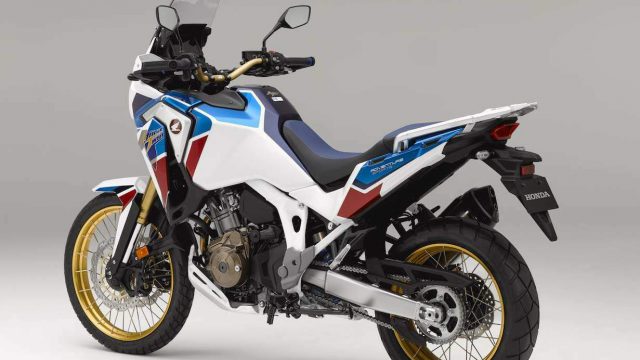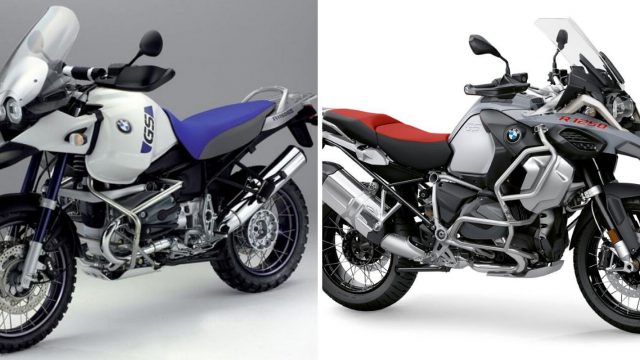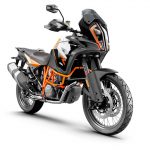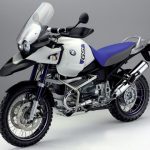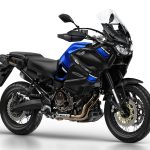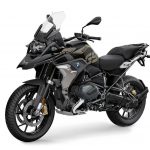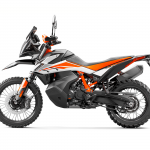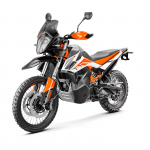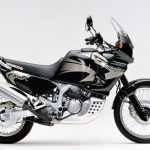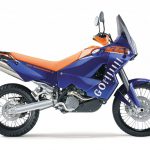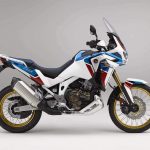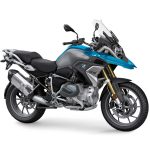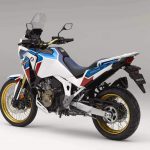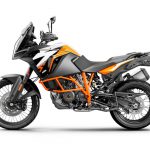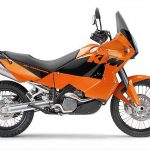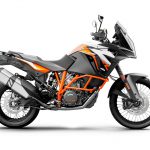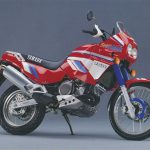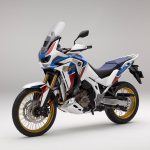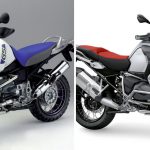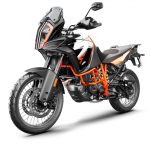The adventure motorcycle market restructured throughout the last decades. Now the bikes have more power, electronics and kerb weight
The adventure bikes changed dramatically in the last years. The technology is different, while the engine configuration, power delivery and kerb weight changed. Here’s a view of the big adventure motorcycle scene in the last two decades.
90’s Africa Twin vs. 2020 CRF 1100L – good-bye V-Twin, welcome DCT
- 1992 Africa Twin: 218 kg & 62 hp
- 2020 Africa Twin AS DCT: 248 kg & 100 hp
The base model made its debut at the ’86 Dakar Rally as the Honda NXR750V, and that’s the starting point of the XRV story. The motorcycle went through some facelifts over the years, and back in 2016, Honda changed it dramatically: the last model having optional dual-clutch transmission (DCT), a six-axis Inertial Measurement Unit that manages the four riding modes, cornering ABS, Wheelie Control (three levels and off) and Rear Lift control.
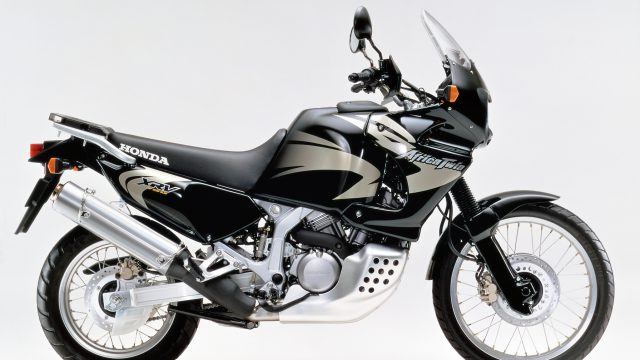
The motorcycle had three generations:
– 1988 to 1989 as a 650cc bike in the form of the XRV 650
– 1990 to 2003 as the XRV750T – it has a larger cubic capacity to 742cc, increased dry weight from 185 kg to 207 kg
– 2015 – 2019 CRF1000L Africa Twin & Africa Twin Adventure Sports, parallel twin engine, 94 hp, 232 kg kerb weight (242 kg equipped with DCT)
– 2020 – on. Honda CRF1100L Africa Twin Adventure Sports – 100 hp @ 7,500 rpm compared to the 57 hp of the first-generation model, the XRV650. Honda ditched the V-twin engine in favour of a Parallel Twin format and introduced the DCT which is a first for adventure motorcycles.
The kerb weight also changed from 218 kg wet on the XRV750T to 248 kg for the 2020 model equipped with a dual-clutch transmission.
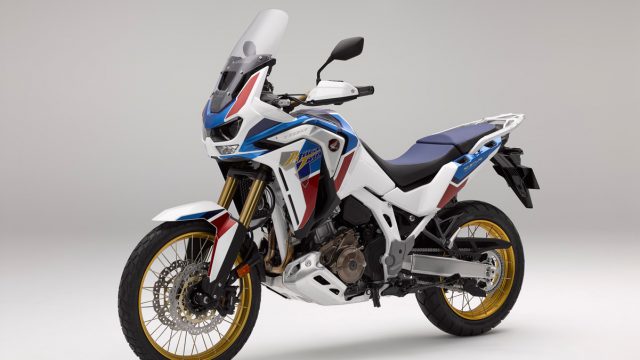
BMW R1150GS vs. R1250GS – the good old boxer just got better
- 1999 R1150GS: 249 kg and 85 hp
- 2020 R1250GS: 249 kg and 136 hp
BMW remained loyal to the first suspension solutions introduced on the R80G/S bike back in the 80’s – the paralever/telelever. The telelever fork separates the two functions of wheel alignment and damping. In other words, a semi-trailing arm is fitted on to the frame and supports the fork and front wheel. The suspension and damping tasks are performed by a central spring strut, thus the Telelever fork only needs to absorb low bending functions under braking and when riding over bumps the slider and fixed fork tubes cannot jam each other.
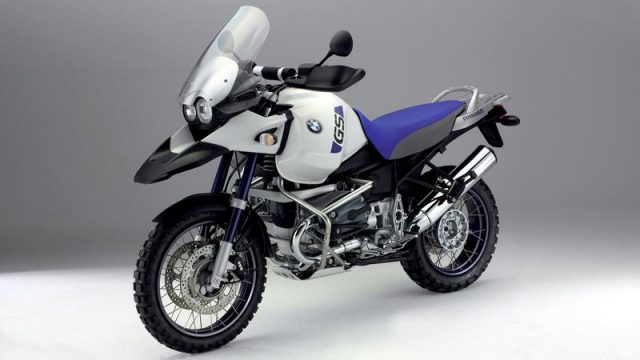
It offers weight advantages and good response characteristics due to the help of designing the geometry of the motorcycle. The benefits of the Telelever fork are for the electronic control of the ABS which is more sensitive with this solution and no bending vibrations appear.
Although the suspension solution is quite the same as the original format and the kerb weight remained at 249 kg, the power of the motorcycle changed from 85 hp for the R1150GS to 136 hp @ 7,750 rpm on the BMW R1250GS.
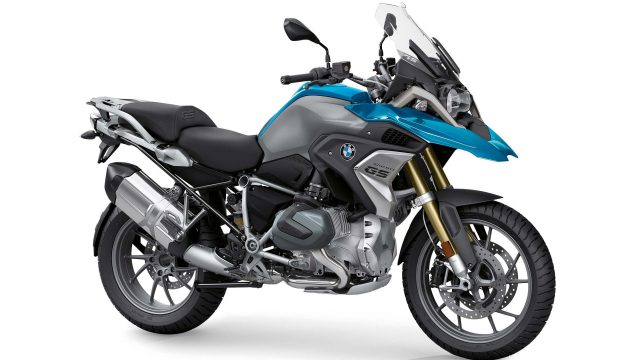
– R1150GS, R1150GSA – 85 hp, 258 kg wet weight
– R1200GS, R1200GSA – 98 hp, 225 kg wet weight
– R1200GS LC, R1200GSA LC – increased power to 105 hp, a new Integral ABS II, electronic suspension adjustment (ESA) and the Automatic Stability Control (ASC) traction control system; in 2010, BMW introduced a revised cylinder head with double overhead camshaft and for the 2013 model year the motorcycle featured water cooling for the engine, 15 hp increase in power and nine kg more weight
– R1250GS LC, R1250GSA LC – BMW introduced shift cam technology – the ShiftCam variable camshaft control offers a higher torque curve over the entire engine speed range which gives more control with acceleration. The camshaft has dual lobes and a shift gate that engages the high valve lift set when the throttle is fully open. One set of cam lobes is used at lower speeds to offer a smoother engine response and better mileage, while the other set of cab lobes is used for full-throttle acceleration.
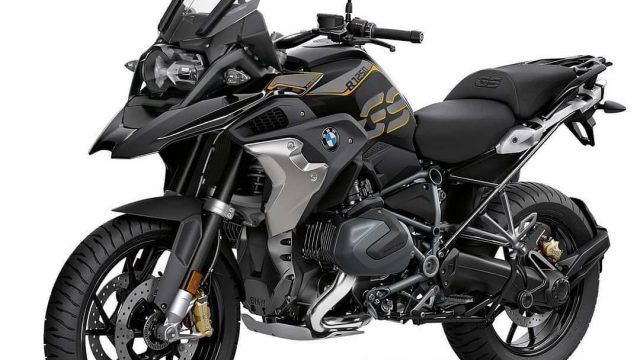
KTM 950 Adventure vs. KTM 1290 Super Adventure R – more and more power
- 2003 950 Adventure: 220 kg and 98 hp
- 2020 1290 Super Adventure R: 240 kg and 160 hp
With KTM the name of the game is engine power. The 950 Adventure raced in the 2002 Dakar Rally as the 950R and won in the hands of Fabrizio Meoni. One year later, the 950 Adventure came to the adventure scene as a 942cc V-twin engine motorcycle making a claimed 98 hp @ 8,000 rpm. Now, what we have is a 1301cc V-twin engine that delivers 160 hp @ 8,750 rpm.
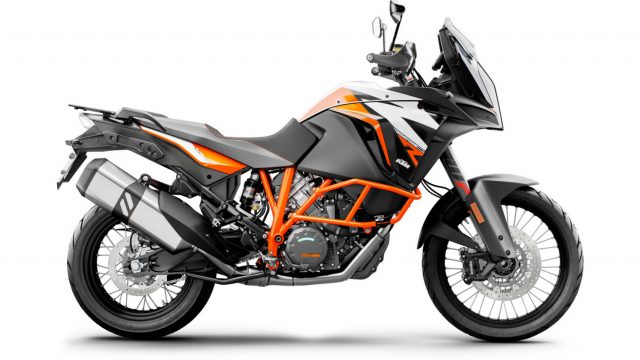
The kerb weight also changed from 220 kg to 240 kg on the 1290 Super Adventure R. Even though the biggest, most expensive, most powerful KTM is the 1290cc one, it is said that the real successor of the 950 Adventure is the 790 Adventure R model.
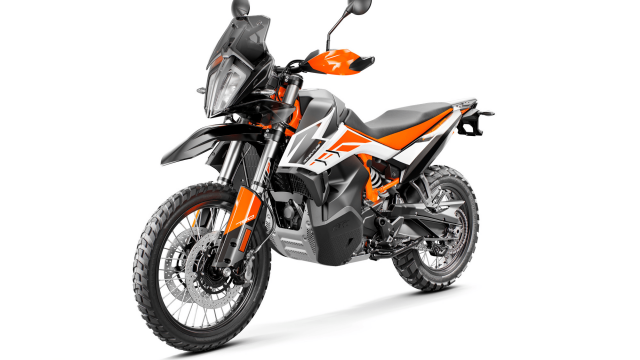
Timeline:
- 950 Adventure – 98 hp and 220 kg
- 990 Adventure – 97 hp and 229 kg
- 1190 Adventure R – 148 hp and 240 kg
- 1290 Super Adventure R – 160 hp and 240 kg
- 790 Adventure R – 94 hp and 203 kg
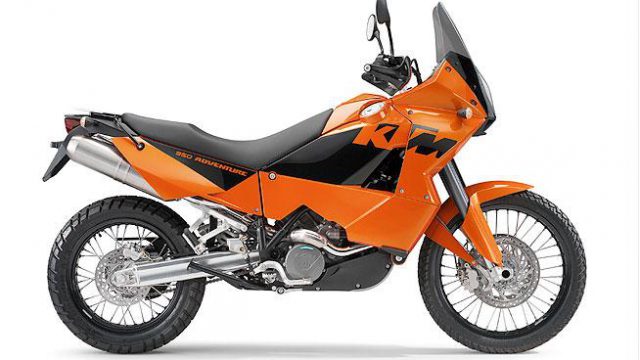
90’s Yamaha XTZ750 vs. 2020 1200 Z Super Tenere – sticking on to the original Super Tenere configuration
- 1990 XTZ750: 236 kg and 70 hp
- 2020 1200 Z Super Tenere: 260 kg and 112 hp
Yamaha remained loyal to the classic Super Tenere bike. It first appeared on the adventure motorcycle stage in 1983 as the Yamaha XT600Z Tenere which was based on the XT550 model with an overbored engine, big 30-litre tank and race colours.
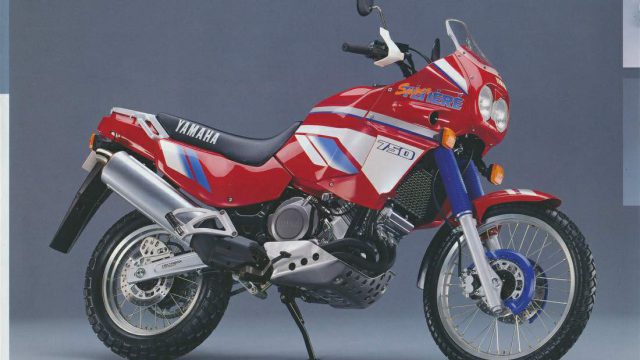
The Yamaha XTZ750 Super Tenere made its launch in ’89 and was fitted with an all-new parallel-twin 749cc engine making 70 hp, twin front brake discs and 26-litre fuel tank.
In 2020 the Yamaha 1200 Z Super Tenere follows the same basic form of the XTZ750 model. Now the motorcycle has a 1199cc parallel 2-cylinder engine, twin headlights and a steel frame. It has three-way traction control, Intelligent Unified Brake System and ABS, a cross-plane crank and 23-litre fuel tank. The latest Super Tenere makes 112 hp @ 7,250 rpm. It is the same bike as the 750cc machine with a bigger capacity engine and more electronics.
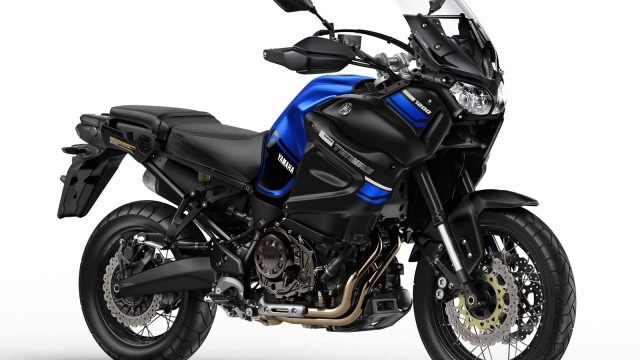
The kerb weight went through some changes as well from 236 kg to 260 kg on the 2020 motorcycle.
Timeline:
- XTZ750 Super Tenere – 70 hp and 236 kg
- 1200 Z Super Tenere – 112 hp and 260 kg
